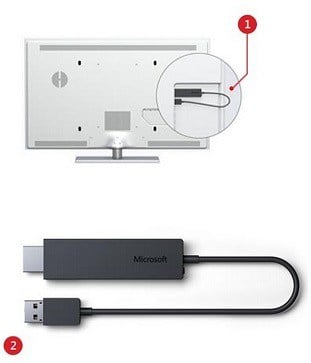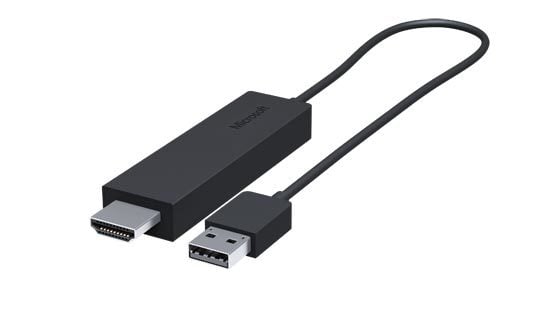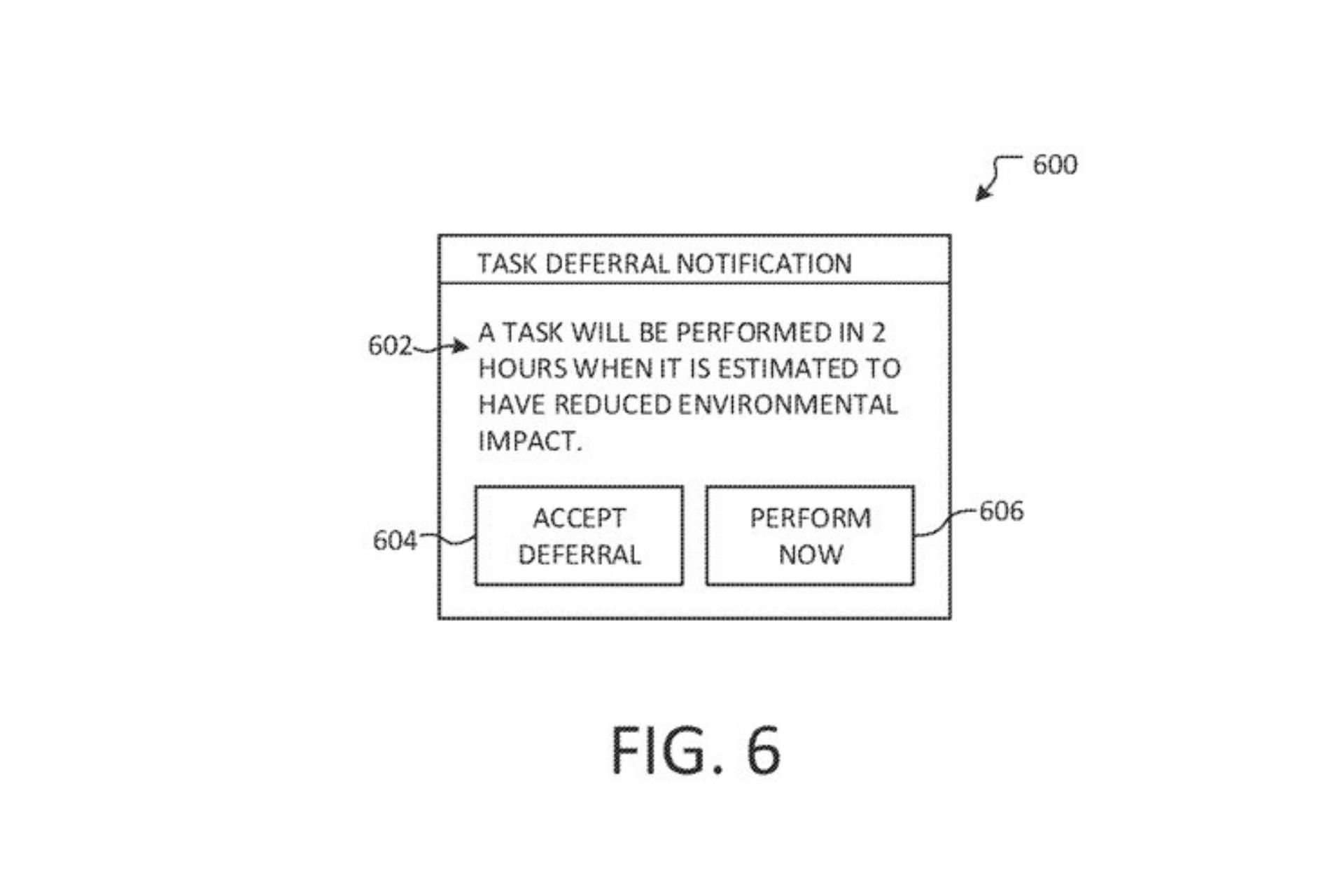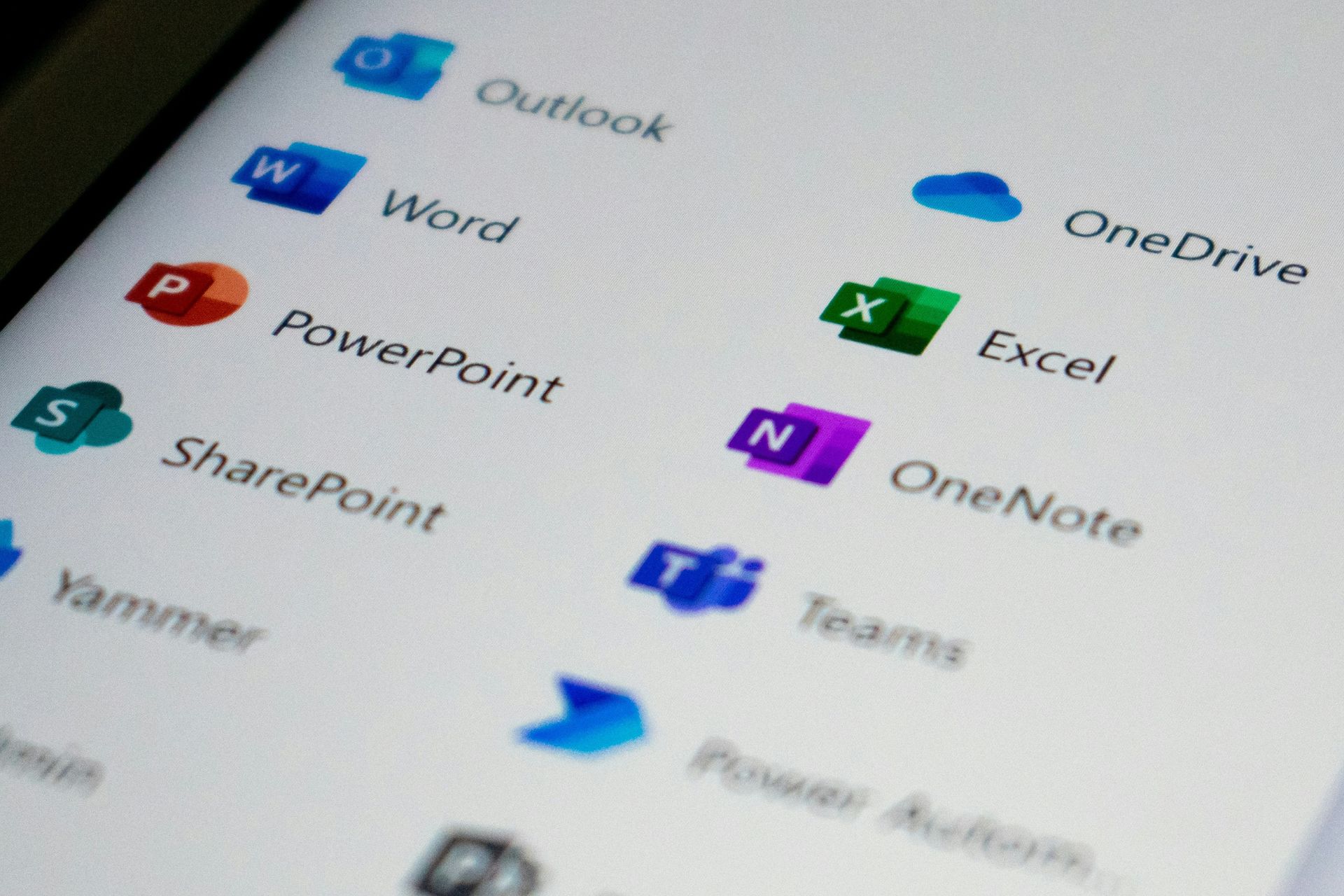How to mirror Windows 10/11 via Wireless Display Adapter
2 min. read
Updated on
Read our disclosure page to find out how can you help Windows Report sustain the editorial team Read more

There are plenty solutions available on the market to perform the thing that I have described in the title – to connect Windows 8 or Android devices to High-Definition TVs, monitors or projectors, but Microsoft’s new Wireless Display Adapter comes with many advantages.
Unveiled more than a month ago, just as we have previously hinted, I feel that this product hasn’t received all the attention it deserved, so that’s why I’m speaking about it just now. Microsoft’s new wireless display adapter, which is available for preorder for $59.95, allows devices running Windows 8.1 and Android 4.2.1 (and later) to connect to HDTVs, monitors and projectors. And it does so in a very, very simple and intuitive matter.
The wireless adapter connects to an HDTV, monitor or projector and shares audio and visual content from Miracast-enabled devices within a 23-foot range. The adapter won’t work with Surface RT, but there are big chances that its death is imminent, anyway.
READ MORE: Internet Explorer 12 Release Gets Closer: Many Upcoming Features Revealed by Microsoft
You can use this dongle to project from Windows Phone running version 8.1 of the Windows Phone OS to a large-screen device, but also from Android, which goes along with Microsoft’s cross platform strategy.
Albeit more expensive than the $35 Chromecast dongle (or the recently announced $25 Mozilla Firefox OS Matchstick), it does mirroring of both Android and Windows devices while Chromecasts supports mirroring just from Android devices. At least for now.
And it’s incredibly easy to set up – just plug the USB and HDMI from the Wireless Display Adapter into your HDTV or monitor, connect, then mirror or extend your screen. Just make sure that all the latest Windows updates are installed.
Right now, the adapter is available via Microsoft’s online and brick-and-mortar stores and via Best Buy, but probably more retailers will soon follow.
READ ALSO: World’s Smallest USB Mini-PC From Intel Can Run Windows 8.1 or Android, Linux









